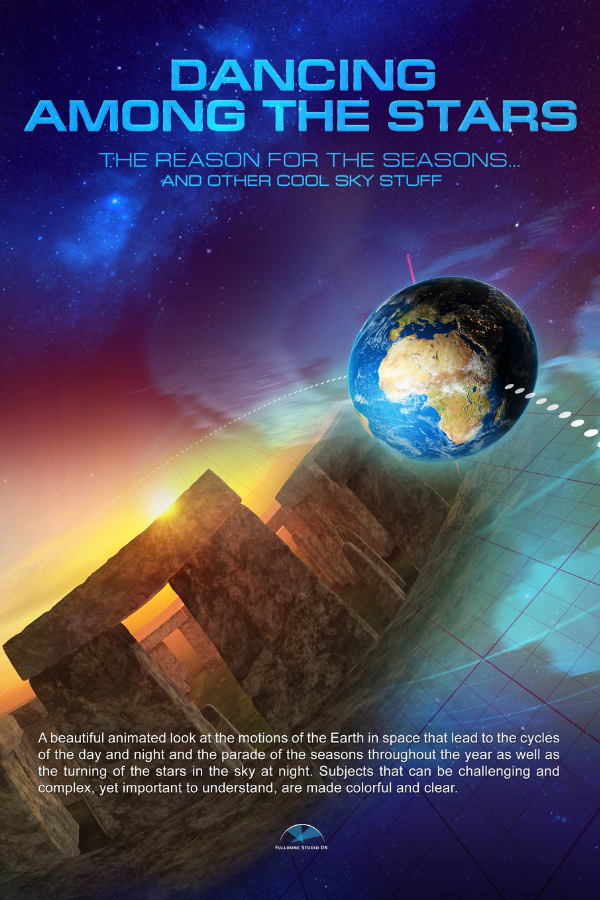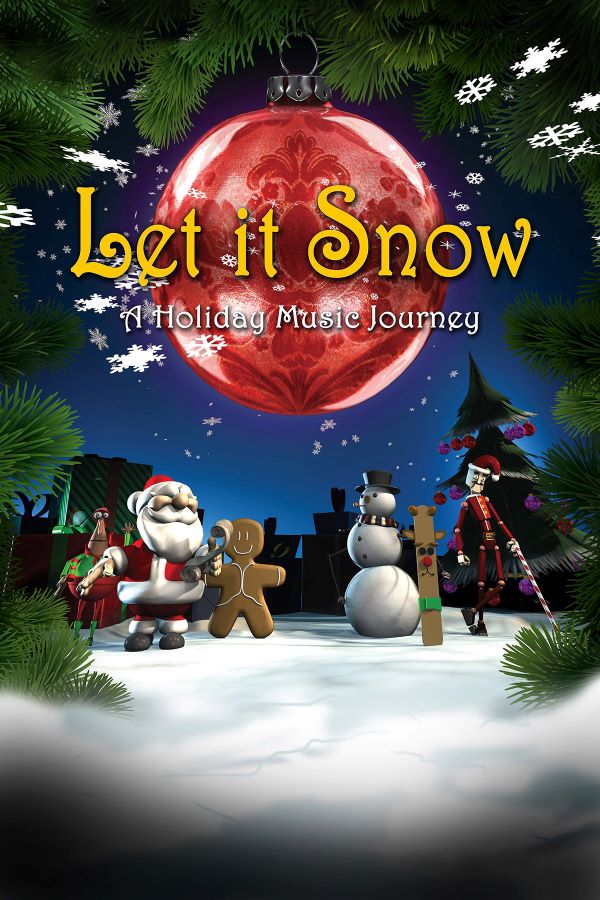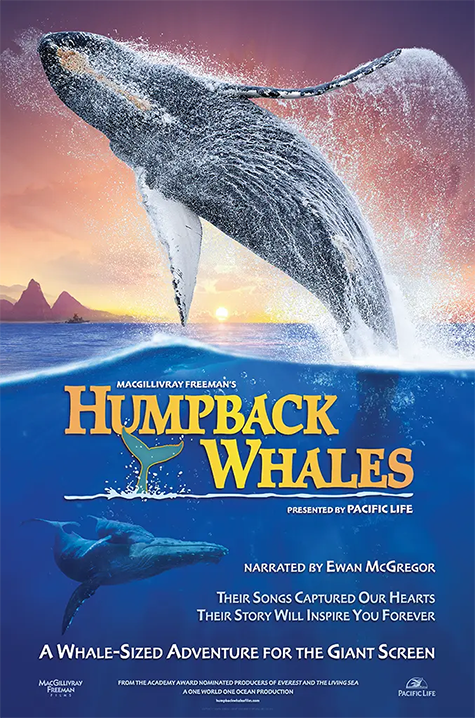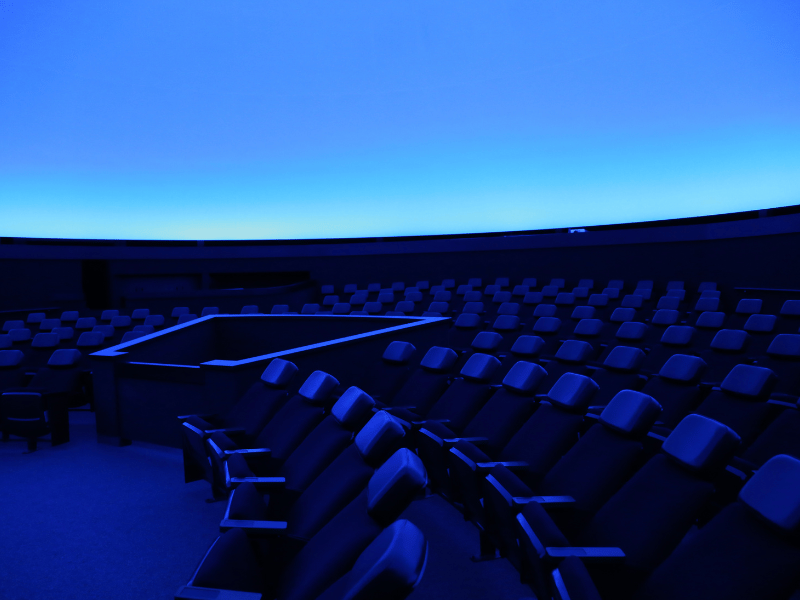Faulkner Planetarium
Your space (and more!) awaits at the Faulkner Planetarium, Idaho's largest dome theater.
Explore the cosmos on the giant screen at our USA Today Readers’ Choice Top-Ten Planetarium.
Your space (and more!) awaits at the Faulkner Planetarium, Idaho's largest dome theater.
Explore the cosmos on the giant screen at our USA Today Readers’ Choice Top-Ten Planetarium.


It’s a holiday treat for the eyes and ears, featuring festive fulldome video images choreographed to classic Christmas music. Enjoy seasonal tunes by Frank Sinatra, Chuck Berry, Burl Ives, Brenda Lee, and more, with a finale by the Trans-Siberian Orchestra.

The planetarium features a rotating schedule of new and returning shows with schedules typically changing monthly. Check out new shows, returning favorites, or ones you might have missed coming soon.
Adults (ages 18-59): $7.50
Seniors (ages 60+): $6.50
Children (ages 2-17): $5.50
CSI students (w/ activity card): $5.50
Children under age 2: FREE
*50% discount for Planetary Society members and families
Tuesdays at 7:00 p.m.
Fridays at 7:00 p.m. & 8:00 p.m.
Saturdays at 1:30 p.m., 2:30 p.m., 3:30 p.m., 6:00 p.m., 7:00 p.m., & 8:00 p.m.

Giant screen films transport you to breathtaking locales around the world. Astronomy shows explore the night sky filled with stars, planets, nebulae, galaxies, black holes, and more.
Whether you're a science enthusiast, a teacher looking for a memorable field trip, or seeking a family-friendly outing, the Faulkner Planetarium promises an compelling blend of education and entertainment.
The Faulkner Planetarium is available for school groups and private events. To schedule your visit, please contact our Events Coordinator at (208) 732-6657. For private events, please also read "Scheduling a Special Event at the Herrett Center".

The Faulkner Planetarium has been serving the communities of southern Idaho since its opening in November 1995. Equipped with state-of-the-art planetarium technology, the 50-foot dome, Idaho’s largest, virtually transports up to 144 guests to locales near and far. The Digistar 7 fulldome video system combined with Dolby 5.1 surround sound make for one incredible experience. Whether staying Earthbound or traveling to the far-flung reaches of the universe, the planetarium will give you an immersive experience you just won’t find anywhere else.
The planetarium is named in honor of Earl Faulkner, a long-time Magic Valley business icon, and his wife Hazel. Earl worked tirelessly to raise funds for the planetarium’s construction and contributed significant funds of his own to support the theater’s future needs. While Earl and Hazel are no longer with us, their legacy of community involvement and support lives on in the form of the Earl & Hazel Faulkner Planetarium.